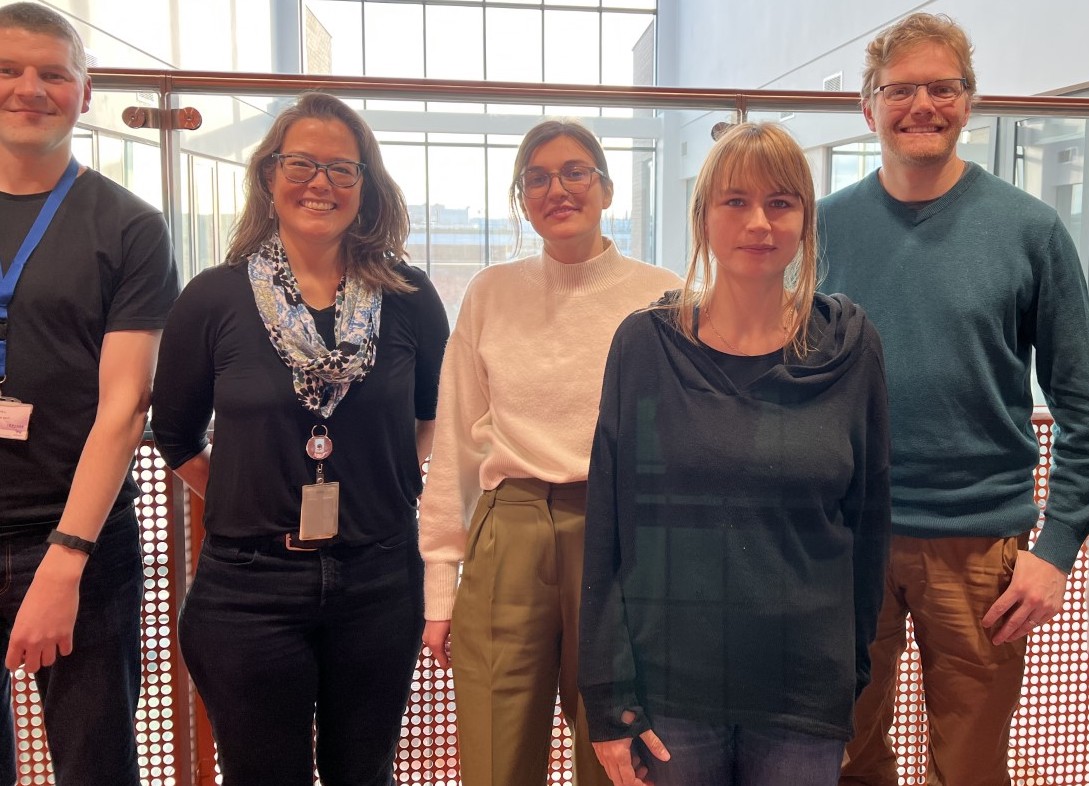Quantifying the impact of HPAI in wild bird and domestic poultry populations
Highly Pathogenic Avian Influenza (HPAI) has long been associated with substantial outbreaks and losses in poultry farms, with occasional spill-over into human populations. Wild waterfowl (Anseriformes) are well documented reservoirs, as they are regularly infected with low pathogenic avian influenza viruses (LPAI). Highly pathogenic strains continue to emerge, often in southeast Asia, and spread globally via waterfowl migratory routes, resulting in repeated incursions of HPAI into the UK.
Since 2022, there has been an unprecedented decline in many wild bird populations driven by HPAI, with seabird colonies being the most affected. Quantifying the spread and impact of HPAI is a necessary first step in the conservation of wild bird populations. The UK has extensive population records collected by professional and amateur ornithologists. In a three-month pilot project, co-led by myself and Erin Gorsich (School of Life Sciences, University of Warwick), we have collated this data and inspected the potential impact of HPAI in wild bird populations during 2022.
To further our understanding of the intercontinental transmission dynamics of avian influenza, with funding support from the BBSRC International Partnership Fund I established an international networking group that held monthly meetings during October 2022 - March 2023. This culminated in a two-day meeting at the University of Warwick in March 2023. Networking group participants included Diann Prosser (U.S. Geological Survey), Ben Golas (U.S. Geological Survey), Ryan Miller (USDA Centers for Epidemiology and Animal Health), Amandine Gamble (University of Glasgow), Marie-Cécile Dupas (Université Libre de Bruxelles) and Claudia Pittiglio (FAO). For further details, listen to the SBIDER Presents podcast episode ``Avian influenza: An international perspective’’.

From April 2024, I have a co-investigator role on the BBSRC funded project ``Modelling to inform interventions during Highly Pathogenic Avian Influenza outbreaks in Great Britain’’. The project lead is Robin Thompson (University of Oxford). The overall goal of the proposed research is to develop a national-scale computational model of Highly Pathogenic Avian Influenza (HPAI) transmission in Great Britain (GB). The model will be used to assess the risk associated with infection from wild migratory birds and spread within the poultry industry. It will be developed by the research team (across University of Oxford and University of Warwick) in close collaboration with the UK Government’s Animal and Plant Health Agency (APHA; an executive agency of the Department for Environment, Food and Rural Affairs).